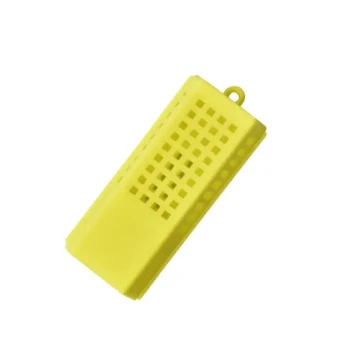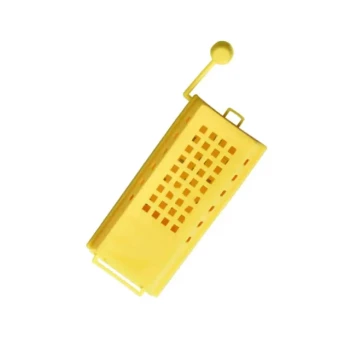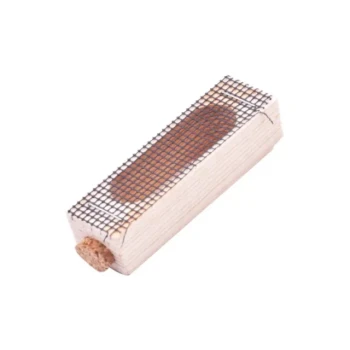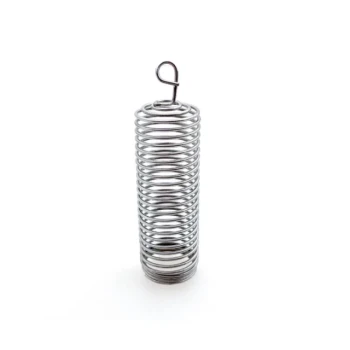At its core, marking a queen bee is about data and efficiency. Beekeepers apply a small, non-toxic dot of paint to the queen's thorax to make her instantly identifiable among tens of thousands of other bees. This simple act is fundamental for tracking her age, quickly assessing her health, and verifying her presence, which are all critical for managing a thriving colony.
Finding a single, unmarked queen in a hive of 50,000 bees is a time-consuming and disruptive task. Marking transforms her from an anonymous insect into a known asset, allowing for rapid, data-driven decisions that are essential for effective hive management.
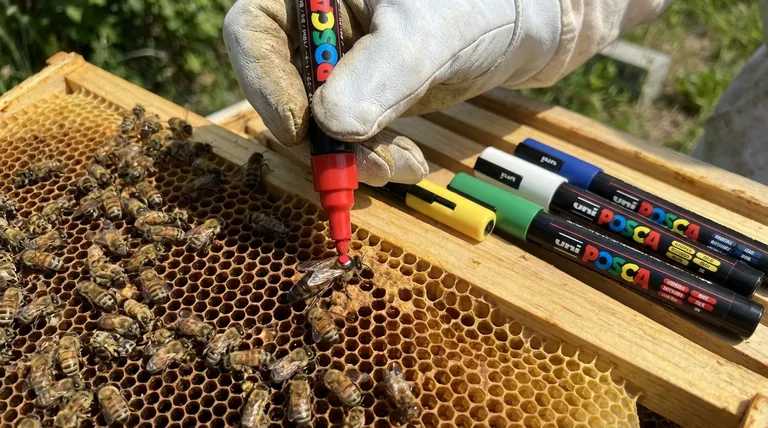
The Core Benefits of a Marked Queen
A marked queen provides immediate, valuable information that saves time and reduces stress on the colony during inspections. It is one of the most effective, low-effort practices a beekeeper can adopt.
Instant Identification
The most obvious benefit is speed. A beekeeper can spot a marked queen in seconds, rather than spending many minutes carefully scanning each frame.
This efficiency minimizes the amount of time the hive is open, reducing disturbance and stress for the entire colony.
Age Tracking and Management
Marking allows a beekeeper to know the queen's age at a glance. A queen's egg-laying productivity typically declines after her second or third year.
Knowing her age helps the beekeeper anticipate this decline and plan to replace her before the colony's population and health suffer. This proactive approach is key to maintaining a strong, productive hive.
Assessing Queen Health
Once the queen is found, the beekeeper can quickly assess her laying pattern. A healthy queen lays eggs in a tight, consolidated pattern.
An easy-to-find queen allows the beekeeper to correlate her physical presence with the quality of the brood, confirming she is performing her duties well.
Verifying a "Queenright" Hive
Seeing the marked queen provides immediate confirmation that the hive is queenright—meaning it has a living, laying queen.
This quick verification rules out potential problems like a lost queen or a hive that is preparing to swarm, allowing the beekeeper to move on to other tasks.
The Marking Process: Methods and Tools
The process of marking a queen is delicate but straightforward. The key is to remain calm and use the proper equipment to ensure the queen's safety.
Essential Equipment
The primary tool is a high-quality, non-toxic marking pen. New beekeepers are often advised to use water-based art pens specifically designed for this purpose.
Optional tools like a one-handed queen catcher or a queen marking tube can help immobilize her gently, making the process easier for those not yet comfortable handling a queen directly.
Common Techniques
There are two main methods for applying the mark. The first is to gently pin the queen to the comb with a catcher and mark her directly on the frame.
The second, more advanced method involves carefully picking the queen up by her wings or thorax between the thumb and index finger to apply the mark.
Applying the Mark
The goal is to place a small dot of paint on the top center of her back (thorax). Minimal pressure should be used; a gentle touch is all that is required.
Once marked, the frame is simply returned to the hive. The process is complete.
Understanding the Trade-offs and Safety
When performed correctly, marking is a safe and highly beneficial practice with virtually no downsides for the colony.
Is it Safe for the Queen?
Yes. Using the correct non-toxic, water-based markers does not harm the queen or shorten her lifespan.
Proper marking does not interfere with her mating flights or any other aspect of her daily life inside the hive.
Does it Affect Other Bees?
The other worker bees do not react negatively to a marked queen. They accept her without issue, and hive life continues as normal.
The key is to use a dedicated beekeeping marker, as some paints or inks could contain scents or chemicals that might alarm the colony.
Making the Right Choice for Your Goal
Deciding to mark your queen is a decision to manage your hives more proactively and efficiently.
- If your primary focus is efficient inspections: Marking is non-negotiable. It dramatically reduces the time and disruption required to find the queen.
- If your primary focus is long-term hive health: Marking is crucial for tracking the queen's age and performance, enabling you to replace her before the colony weakens.
- If you are a new beekeeper: Start by using a queen catcher to mark her on the frame. This builds confidence and ensures her safety as you develop your skills.
Marking your queen is a simple practice that provides invaluable data, empowering you to manage your colonies with greater confidence and precision.
Summary Table:
| Benefit | Key Impact for Beekeepers |
|---|---|
| Instant Identification | Reduces inspection time from minutes to seconds, minimizing hive stress. |
| Age Tracking | Enables proactive queen replacement before productivity declines. |
| Health Assessment | Allows quick verification of a healthy egg-laying pattern. |
| Queenright Verification | Confirms the presence of a living, laying queen, preventing potential issues. |
Ready to manage your apiary with precision and efficiency?
HONESTBEE supplies commercial apiaries and beekeeping equipment distributors with the high-quality, non-toxic marking pens and essential tools mentioned in this article. Our wholesale-focused operations ensure you get the reliable equipment you need to make data-driven decisions for thriving colonies.
Contact HONESTBEE today to discuss your beekeeping supply needs and boost your hive management success.
Visual Guide
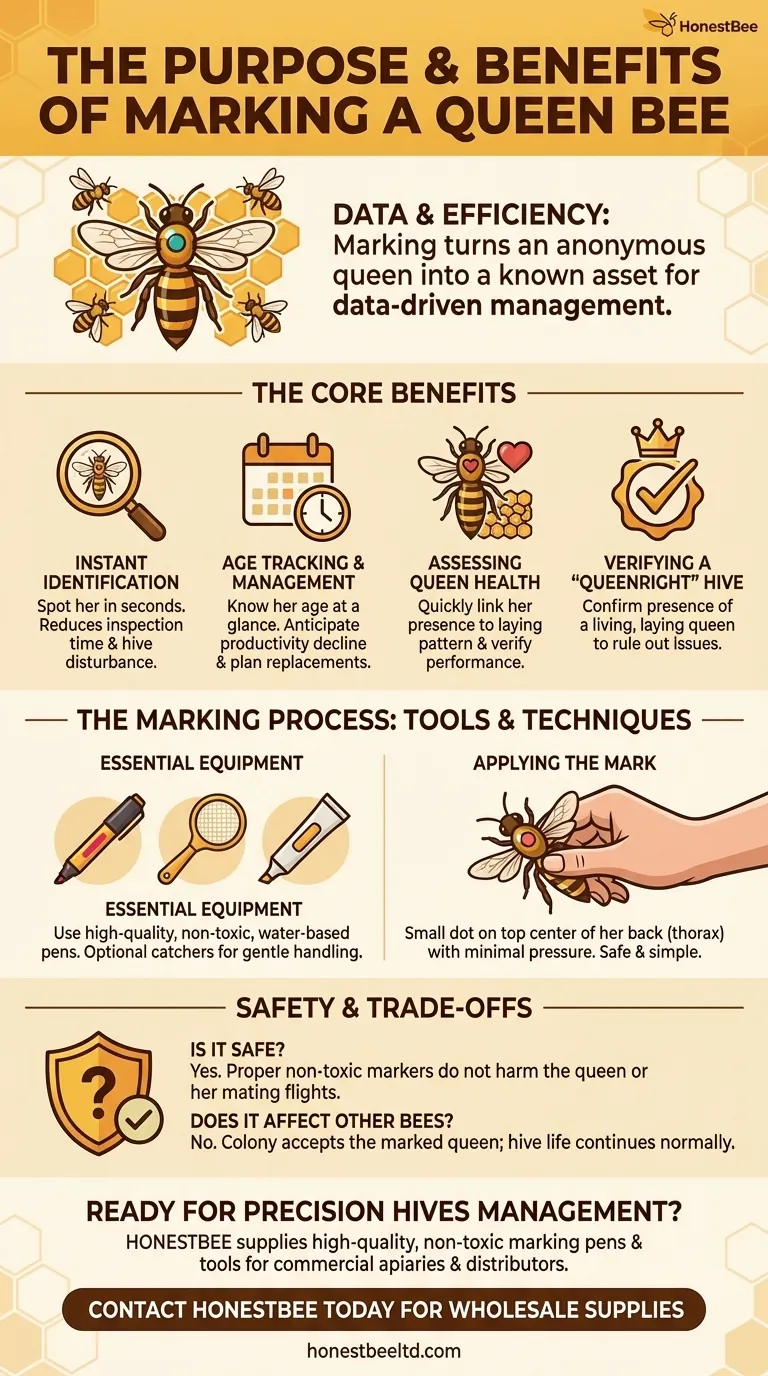
Related Products
- Queen Bee Marking Pen POSCA Queen Marking Pens for Beekeeping Bee Markers
- Queen Bee Marking Pen UNI Medium Point for Queen and Bee Marking
- Queen Bee Marking Tube Cage Bottle Catcher Holder with Clear Plastic Plunger Marker
- Brown Nicot Queen Cell Cups for Breeding Queen Bees Beekeeping
- Wooden Queen Bee Excluder for Beekeeping
People Also Ask
- What are the advantages of marking a queen bee? Achieve Precision and Confidence in Hive Management
- What is the purpose of marking queen bees with colors? Essential for Hive Management & Efficiency
- Where is the queen bee typically marked? A Guide to Safe & Effective Queen Identification
- What are the benefits of marking a queen bee? Boost Efficiency & Hive Health
- What are the benefits of marking a Queen bee for hive management? Boost Efficiency & Colony Health





